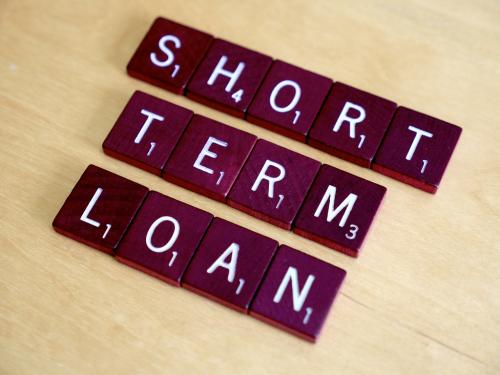3 Ways to Avoid Defaulting on Student Loans After Dropping Out

Dropping out of college would not exactly be a part of the plan when one takes a student loan. However, a student debt is generally a burden that could get simply worse if one leaves the school without a degree. That is just really a tough challenge for certain students. You enroll in school and opt for a debt because you think it would lead to a surge of income on the other hand when a student is in debt their income will not increase but instead they get into trouble.
Consider a monthly student loan payment over other expenses. Those students who have dropped out of school might find that they begin missing payments that are due and gradually default. Borrowers without a proper degree would make up nearly half of those students who default to pay their student loan. A loan would typically go into default just after 270 days of missed payments and after that the consequences would pile up.
Challenges Faced
You tend to lose alternatives that can decrease or suspend payments for borrowers in a good standing like alternative repayment plans, deferment and forbearance. You cannot obtain more student aid to return to school. The lender could sue you or return to private debt collectors.The government could garnish or withhold your wages, tax refunds and Social Security payments. Default stays on the credit report for seven years. However, the debt will not disappear. This is not a loan you hide by not picking up the phone, hoping it will go away. If you do not finish college and have a student debt to pay off, below are the best methods to keep a default at bay:
1. Make a note of the amount you owe and who you have to pay it to.
Repayment begins when the student leave school for a certain reason. Prior to leaving, get in touch with your school’s financial aid department to figure out who manages the loans and what type you opted for. Is it short term loan or any other loan Federal, private or a combination of both or any other type of loan.
When the student knows the principal amount to be paid off along with the interest rate and repayment terms, utilize a student loan calculator to first estimate the monthly payments. The first bill particularly starts after a six-month grace period time. During this tenure, interest will be calculated on most loans and it will be added to the total loan balance amount.
2. Make sure to choose a proper repayment plan.
Ten years of repayment is standard for most student loans. If the monthly payment in the period will be too challenging, you may have certain alternatives. You could be eligible to enroll for emergency cash loans online, federal loans in an extended, graduated or income-driven plan. Some Repayment website Estimators can also show you how much amount you’ll pay on each of the plans.
If you owe private loans, it is important to contact the loan lender regarding the decreasing interest rate or extending the repayment terms tenure or condition. When the first bill is given, the student can pay off the bill by mail, online or through a monthly automatic payment for about 0.25% discount on the interest rate.
3. Ensure to make a budget which encompasses the student loan payment as well.
Student loans are not actually the worst debt to hold because the interest rates are very low as compared to the high-interest debts like credit card balances. However, the student will still need to fit the payment into the budget. Student loans are actually one of the last bills that people pay especially if they need a roof over their head and most importantly food on their table.
Plan deliberately for the student loan payment by budgeting it with any other obligations that needs to be paid off. One alternative is to try a 50/30/20 budget in which 50% of your take-home income will move towards essentials that includes minimum loan payouts and 30% for wants along with 20% for the savings.
If you are unable to make payments under the income-driven repayment plan, firstly contact the loan provider in order to discuss general forbearance to stall the payments for up to at least a year on the federal loans. Private lenders might also give that alternative.Forbearance must only be utilized as a short-term fix because interest will continue to accrue. It stalls the clock on default, preserving the alternative of an entire income-driven plan especially if the finances enhance sufficient to fulfil decreased payments. Last but not the least, take into consideration getting in touch with a bankruptcy attorney if any other debts like credit cards are making it tough to pay off for basic living expenses. Bankruptcy rarely removes student loans, but it might allow the student to redirect money from credit card payments to student loan payments directly.
Post Your Ad Here
Comments